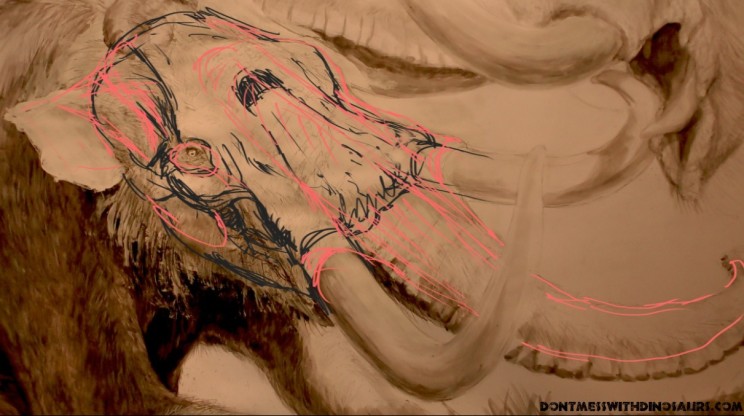

Who created cave art, and what was its initial purpose? Explore the paintings of Chauvet-Pont d'Arc and Lascaux Grotto, and learn what prehistoric art can tell us about our world thousands of years ago.īut Conard has long anticipated the discovery of other ancient cultural centers: “Why would there only be one place on the planet Earth where all this stuff comes from?” In 2009, when the find was announced, it was arguably the earliest rendering of the human form.įrom human hands to now-extinct animals, cave art gives us a glimpse into prehistoric life. Conard, who was not involved in the latest study, led the investigations into the Hohle Fels cave of southern Germany that discovered, among many other finds, a headless woman figurine dating to at least 35,000 years ago. The new dates are exciting but perhaps not surprising, says archaeologist Nicholas Conard of the University of Tübingen. Found elsewhere across the island of Borneo, these black pigment drawings are thought to be just a few thousand years old. This period is dominated by black pigmented geometric shapes and stick figures engaged in activity, such as dancing, boating, and hunting. Both red and purple pigments seem to be made of the same material, one may just be more weathered than the other, Aubert notes.Ī slim, mulberry-colored human figure dating to roughly 13,600 years ago leads the art into the third phase. Vine-like tendrils connect the hands together. Many hands make up this phase, but they're ornamented with tattoo-like dots, dashes, and lines. Dark purple images mark a second period timed to around 20,000 years ago. The oldest phase is made up of reddish-orange images starting sometime between 40,000 to 52,000 years ago, including the bursts of color outlining ancient hands and the bovid-like animals. “We didn't expect that at all,” Aubert says. The new dates seem to define three stages of Paleolithic artistry in the region, and they show a shift from depicting animals to showcasing the human world. In total, the team analyzed 15 calcium carbonate samples from six cave sites, drawing from deposits on top of and beneath the drawings that sandwich the art in time. Uranium predictably degrades to thorium, and because water leaves this element behind in its wending path, scientists can measure the ratio of uranium to thorium to determine various features' ages. It then deposits the substances in calcium carbonate coatings on the cave walls. As liquid percolates through the rock and sediments overhead, the water slowly dissolves both limestone and naturally occurring radioactive uranium. At the time, the team settled on a cautious minimum age of 10,000 years.Īubert and his colleagues ventured back to the caves in 20 to collect new, nonporous samples and retest the ages using the same method, which relies on the ever-present drip of water. But many samples were porous, Aubert explains, which notoriously gives ages older than reality. The artwork was eventually documented in the 1990s and later dated. Island locals have long known about these paintings, as they encountered the stunning works while hunting for edible bird nests. The work edges out the previous title-holder- a portly babirusa, or “pig deer,” in Sulawesi, Indonesia-by just a few thousand years. The new dating analysis suggests that these images are at least 40,000 years old, earning them the title of the earliest figurative cave paintings yet found. In a cave named Lubang Jeriji Saléh, a trio of rotund cow-like creatures is sketched on the wall, with the largest standing more than seven feet across. That makes the cave art tens of thousands of years older than previously thought.īut that's not the only secret in the vast labyrinthine system. Now, updated analysis of the cave walls suggests that these images stand among the earliest traces of human creativity, dating back between 52,000 and 40,000 years ago.

Hundreds of hands wave in outline from the ceilings, fingers outstretched inside bursts of red-orange paint. But tucked within the outcrops is something even more spectacular: a vast and ancient gallery of cave art. Draped in stone sheets and spindles, these natural limestone cathedrals showcase geology at its best. Countless caves perch atop the steep-sided mountains of East Kalimantan in Indonesia, on the island of Borneo.


 0 kommentar(er)
0 kommentar(er)
